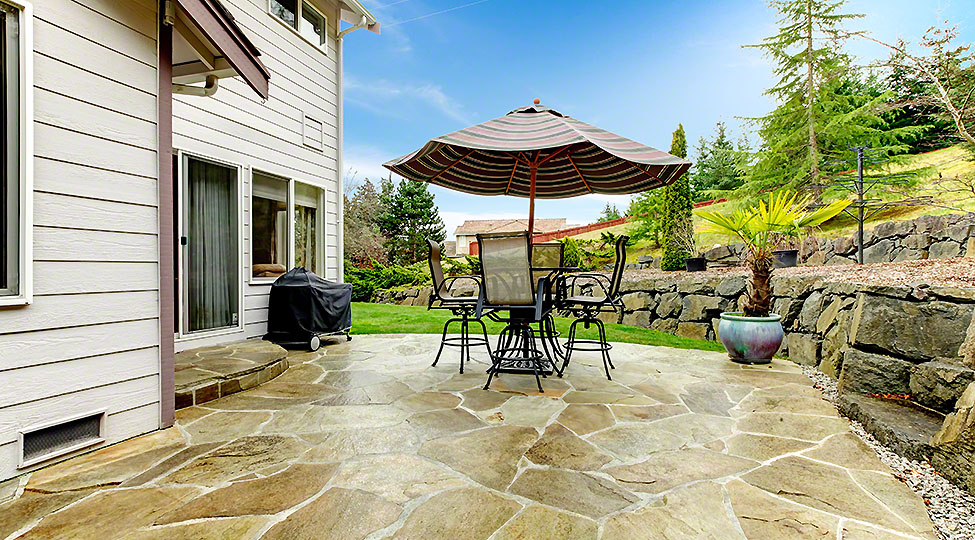
Pavers are known to make a relatively strong and durable surface for pathways and patios. However, for them to give you a good, long-lasting service, they must be supported by a solid foundation. The top layer of the foundation is the pavers sand which typically supports the stone of concrete pavers.
One of the most popular questions asked by homeowners and patio contractors looking to lay pavers for their driveway or patios is; how much sand do I need for pavers? Let’s explore the correct answer to this question below.
How to Calculate the Amount of Sand Needed for Pavers
Many DIY gurus like to estimate various measurements. If you are one of these people, you will be tempted to use a hard estimate when determining the amount of sand needed. However, refrain from this temptation. A robust and durable foundation needs just the right amount of sand.
With the correct parameters, various online calculators will automatically calculate the perfect quantities. The first thing you need to have is the dimensions of the paving area. For example, a small garage area measures about 8.5 ft by 19 ft.
If you do not know the exact dimensions of the area, measure it out. For example, you can use a tape measure and mark with a string or paint. Repeat the whole measuring process to ensure that you get the measurements correct. Then use the measurements to calculate the area(m2) of the paving site.
Once you have the area(m2), you then need to decide the thickness of the layer of sand beneath the pavers (the recommended thickness is 1 inch (1/12 ft)). If you input these figures on the online calculator, it will automatically calculate the amount of sand you need. However, you can also calculate manually by multiplying the area by depth to find the volume.
Keep in mind that there might be a little wastage during the construction process, and you might also need to use sand to fill in the gaps between the pavers. Therefore, it is advisable to purchase a small extra amount of sand to ensure that you do not run short during the process. This will save you a trip back to the supplier.
What Is the Best Type of Sand to Use
In addition to getting the amount right, the type of patio sand used also determines how well the pavers will lay and how long they are likely to be of service. Therefore, choosing suitable sand is very crucial in the paving process.
Many homeowners make the mistake of believing that any sand will get the job done. However, working with the wrong sand could make your pavers start sinking and shifting before long.
The recommended sand that is best for installing pavers is called concrete sand. It is course, sharp and granular. It is more like crushed stone, and the grains fluctuate in size with jagged edges, making it perfect for tight compaction, strength, and a flatter surface.
This type of sand interlocks smoothly, leaving no room for shifting or cracking. Mason sand is another alternative, but it is not as coarse as concrete sand.
Conclusion
Installing pavers might seem complicated if this is your first project of this kind. However, it doesn’t have to be so. The first step in completing this project successfully is to make sure that you get the dimensions of the paving area correct. This might sometimes require you to work with experienced patio builders.
Once you have the measurements, calculating the amount of materials needed for the project is as easy as inputting the numbers into the online calculators and automatically getting the numbers. lagrass